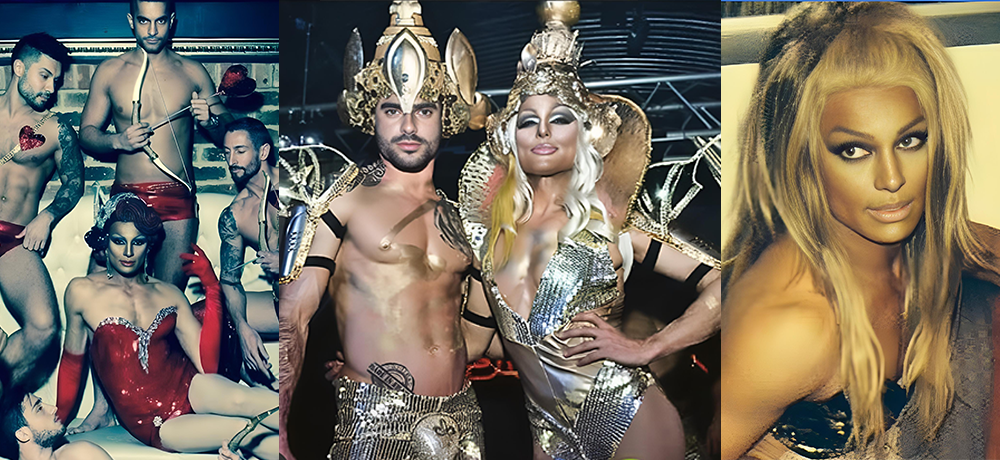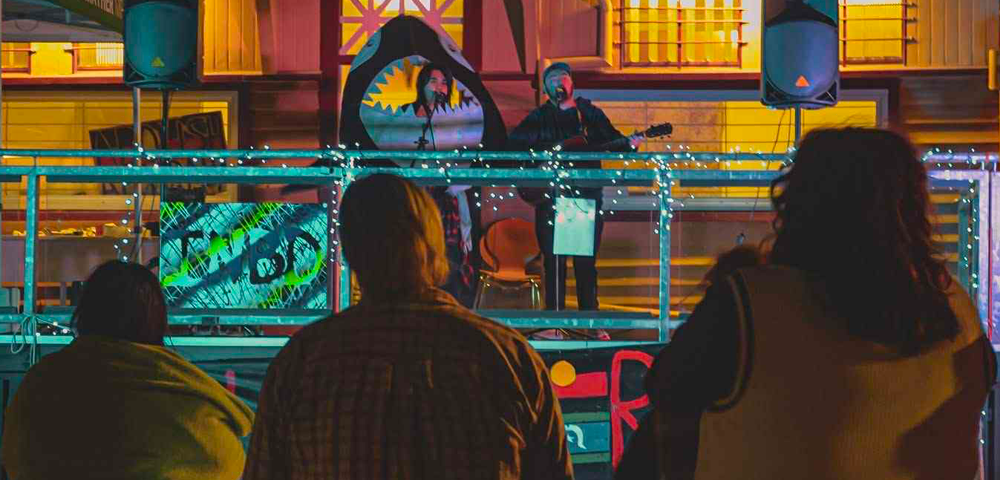
Gay men and lesbians three times more likely to be homeless than straight people

A new report into LGBTI homelessness in Australia has revealed that gay men and lesbians are three times more likely to be homeless than straight people.
The LGBTI Housing & Homelessness Project was undertaken in Victoria by the Gay and Lesbian Foundation of Australia as a means to highlight the underrepresented issue of homelessness within the LGBTI community.
In the report homelessness was not only defined as sleeping rough, but also as other kinds of insecure housing such as couch surfing.
It found that LGBTI people were at higher risk of homelessness than people who were cisgender and heterosexual. In particular, gay men and lesbians were almost three times more likely to be homeless than straight people.
Associate Professor Ruth McNair from The University of Melbourne, who led the study, says despite the size of the problem there has been little funding for research into homelessness as an LGBTI issue.
She says the knowledge from this research will help develop services to better serve LGBTI people.
“It’s starting to tell us a lot more in-depth information about what’s happening to people,” McNair said.
“We want to know the most effective ways to help people when they’re in the midst of homelessness, or to prevent it in the first place.”
Family rejection is identified as a major cause of homelessness in young LGBTI people, often leading to homelessness at a younger age and having to rely on friends rather than family.
“The next step is asking what makes them feel unsafe at home, what stops them from coming back,” said McNair.
The report also discussed mental health risk factors that could be higher for LGBTI people including trauma, discrimination, and higher rates of anxiety and substance use.
Differences in relation to orientation and gender were also detailed in the report. Bisexual people are more likely to have experienced family abuse, disability, and substance abuse. Lesbians were most likely to have encountered barriers in accessing welfare service.
The report mentions that finding accurate numbers for LGBTI people who have experienced homelessness is difficult. This is partly due to homeless services not always collecting information on whether LGBTI people are accessing them.
Some LGBTI people may also avoid accessing homeless services for fear of homophobic or transphobic discrimination.
The authors note that little research data exists specifically on homelessness for intersex people, although one recent survey indicated 6% are homeless.
“We’re specifically trying to find people with intersex variations to interview about homelessness,” said McNair.
The report recommends LGBTI-inclusive practice guidelines for the housing and homelessness sectors, and mandatory LGBTI training for people working in these areas. It also calls for development of an LGBTI safe housing network.
“The services know it’s a problem but don’t know how to help. They need to understand sexuality and gender more broadly,” said McNair.
The research was funded by the Lord Mayors Charitable Foundation, Assia Altman Fund of the Australian Communities Foundation, Launch Housing, and the Gay and Lesbian Foundation of Australia.
The next steps in the project will be interviewing LGBTI people who have experienced homelessness, and piloting a model for trans-inclusive care at one urban homelessness service.
“This report is by no means the finish,” said McNair. “It’s just the start.”










I agree the erasure of bi, trans and intersex people from LGBTI is a massive issue, and erasure is one of my pet peeves.
I actually meant exactly what I wrote. The paper specifically identifies gay men and lesbians and three times more likely to experience homelessness. The rates for bi, trans, and intersex people are also discussed in the paper, and they are different.
Gay & Lesbian =/= LGBTI. Gay & Lesbian =/= bisexual, trans or intersex.
I’m sure that that those involved in the study are aware of this as evidenced by their search for intersex homeless people. The writer of this article has apparently decided that gay and lesbian are appropriate umbrella terms (they so aren’t) for the whole LGBTI community.
Please do better and stop erasing half of us.